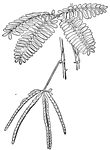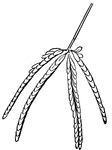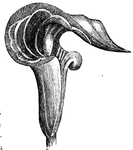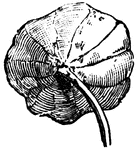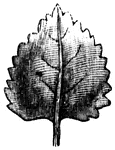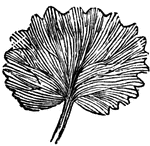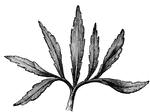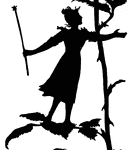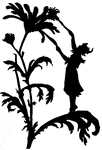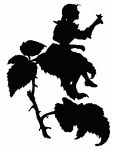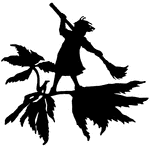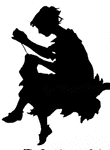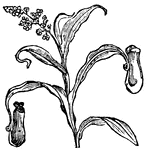
Pitcher plant
The pitcher plant is remarkable for having the end of its leaf turned up so as to form a complete pitcher,…

Betel pepper
An evergreen vine which attaches itself to the ground like ivy. The betel pepper has larger berries…

Walking Stick
Walking sticks lead a sluggish life among the branches of shrubs, living on the young shoots. Their…

Leaf Insect
Walking Sticks and Leaf Insects lead a sluggish life among the branches of shrubs, living on the young…

Plant Cell
Diagram of a mesophyll cell of a leaf: c, chloroplast; n, nucleus; v, vacuole; w, cell wall.
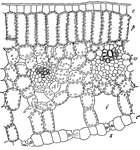
Lily Leaf
Cross section of leaf of lily, somewhat diagrammatic: e, upper epidermis,s, stomata in cross-section,…

Gland
Gland(g) from the upper surface of the leaf of lilac: e, epidermis, c, cuticle, p, palisade cells.

Petal
Section through a petal of buttercup (Ranunculus), showing nectar gland (n). Note bundle of conducting…

Xylem
Ending of a xylem strand among the cells of the mesophyll in a leaf of lilac; t, tracheid; i, intercellular…
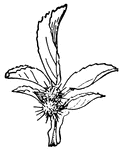
Gall
Galls on leaf of rose. The location of a parasite is often marked by swellings of peculiar and fantastic…
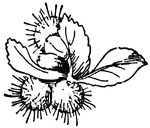
Gall
Galls on leaf of rose. The location of a parasite is often marked by swellings of peculiar and fantastic…

Pitcher Plant
The pitcher plant is remarkable for having the end of its leaf turned up so as to form a complete pitcher,…
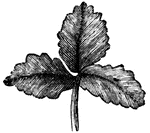
Leaf
Leaves are arranged in a great many different ways on their stems. Here are three leaves together on…

Leaf
Leaves are arranged in a great many different ways on their stems. Here the leaf-stem has three little…
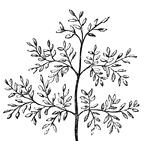
Leaf
Leaves are arranged in a great many different ways on their stems. On this leaf-stem are a great many…

Pitcher Plant Leaf
Here is a leaf of the pitcher plant. You see that it has an opening at the upper end. It can hold considerable…

Venus Fly Trap Leaf
Here is a leaf of the Venus's fly trap which is a spring trap for flies and other insects. Here you…

Venus Fly Trap Leaf
Here is a leaf of the Venus's fly trap which is a spring trap for flies and other insects. The two parts…
Horse-Chestnut Bud
This is the bud of a Horse-Chestnut. This will open and the leaves will push out.

Almondleaf Willow Leaf
This shows the leaf of the Almondleaf Willow, Salix amygdaloides, (Keeler, 1915).

Cottonwood Flowers
This shows the staminate aments of the cottonwood, Populus deltoides (Keeler, 1915).
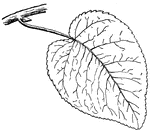
Swamp Cottonwood Leaf
This shows the leaf of the Swamp Cottonwood, Populus heterophylla, (Keeler, 1915).
